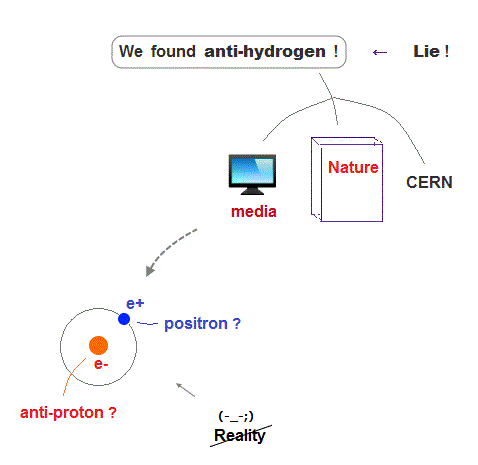
(Fig.1) Only the media, journal, academia claim that it exists.

Recent news claim that CERN team measured anti-hydrogen "more precisely" (← ? ) in top journal Nature. Unfortunately, these anti-hydrogens are NOT real.
Anti-hydrogen is said to be composed of an anti-proton and positron (= anti-electron ). Antimatter is too rare and too unstable to be considered as a real thing, and useless.
(Fig.2) Production of anti-matter depends on very "doubtful" process.
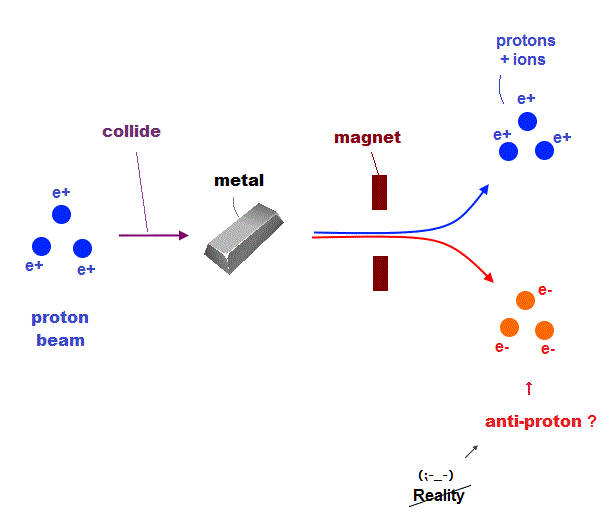
The media (+ corrupt academia ) tend to exaggerate only the part of "anti-matter !", so ordinary people probably don't know how anti-matter is produced.
First, accelerated proton beam collides with "target metal" producing many kinds of unrelated particles including protons, electrons, ±ions ...
After that, they get that mixture of different particles through the magnetic field to separate (← ? ) negative anti-protons from other positive protons, ions.
The point is that these negative particles include many unrelated particles (= electrons, -ions.. ) other than anti-protons !
(Fig.3) Magnetic field separates "negative ions, electrons" as fake anti-protons
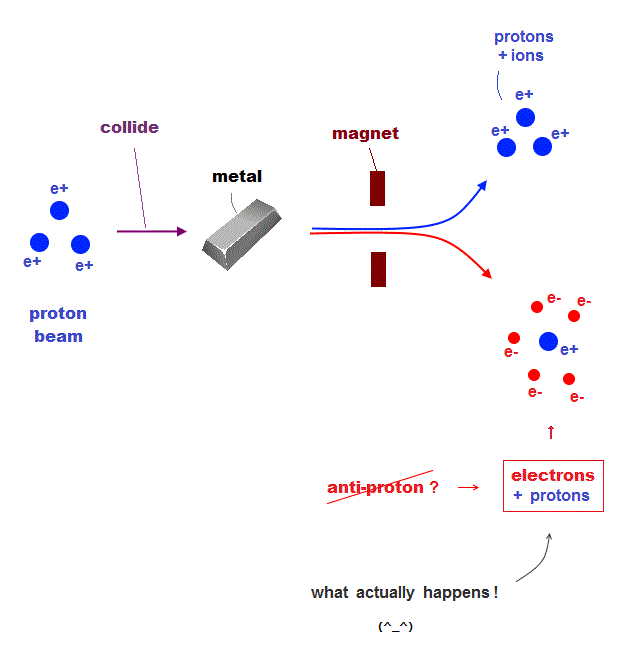
After many protons collide with target metal, they produce many kinds of particles such as ±ions, protons and electrons which are unrelated to anti-matter.
But they try to separate anti-matter (= anti-proton ) using only magnetic field, which cannot eliminate other negative ions and electrons ( this p.2 ).
Magnetic field can separate negative and positive ions, but cannot separate negative electrons and negative anti-protons with the same momentum.
Even some original positive protons are attracted or scattered towards negative parts, and could be misinterpreted as anti-protons. That's the truth.
(Fig.4) The original theory claims antimatter is produced from "light", but ..
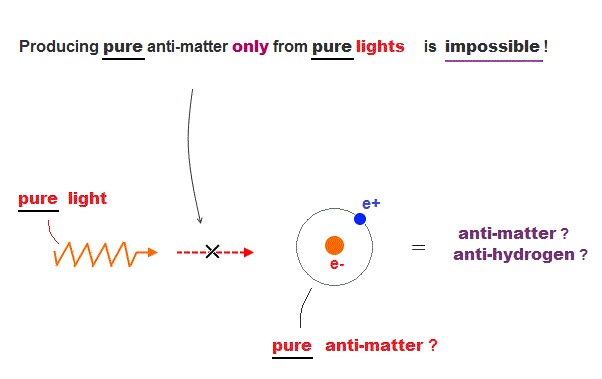
According to the original theory, anti-particle (= anti-matter ) must be produced only from light (= photon ).
But in all the current anti-matter researches, they try to use the collision of unrelated protons and metal for producing anti-matter. This is a trick of antimatter.
So far, NO experiments cannot produce pure anti-matter only from "pure light".
(Fig.5) Antimatter is too rare, only one in "millions" of proton collisions !?
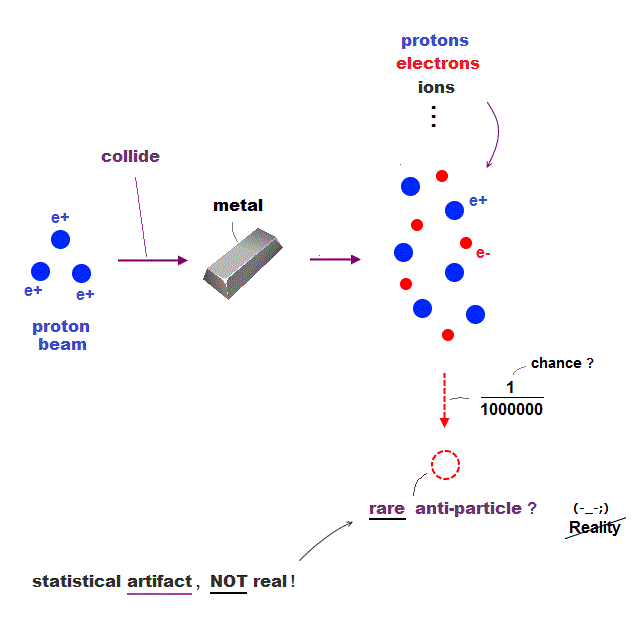
Producing rare anti-matter depends on very disordered experiments where they claim millions of collisions between protons and metal generate only a few anti-protons.
In these infinite unrelated particles, some of them "look like" unreal anti-particles due to "multi-particle scattering" or something.
So spectrum of doubtful anti-hydrogen is just the result of their misinterpretation of spectrum from a pair of real proton and electron.
They just pick up only convenient fake data from a mixture of many kinds of unrelated high-energy particles and gamma rays using artificial simulation.
So as long as they cannot extract pure anti-matter only from pure light, anti-matter is just a statistical artifact of other unrelated particles.
(Fig.6) ↓Positron (= antimatter ) emission is impossible.
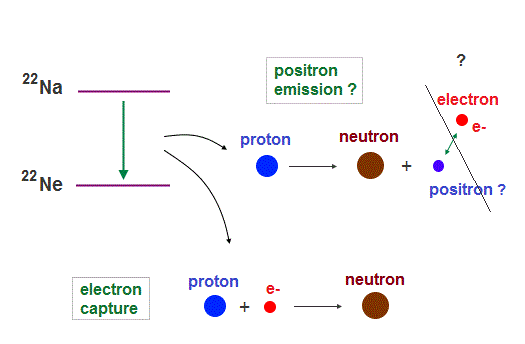
They say antimatter is useful (← ? ) as PET in hospital.
The point is they do not detect antimatter but emitted electromagnetic wave.
In fact, "positron emission" in PET can be replaced by real "electron capture", because they both have the same effect on a nucleus ( this p.3 ) !
In Na nuclide, they argue both positron ( β+ ) emission and electron capture produce the same Ne. ← Emitted "light" energy is the same, indistinguishable.
Positron emission is unrealistic, because a proton decays into a heavier neutron, causing "fantasy" perpetual machine !
So real "electron capture" is what actually happens in PET instead of unreal "positron emission". = antimatter is useless.

2016/12/30 updated. Feel free to link to this site.